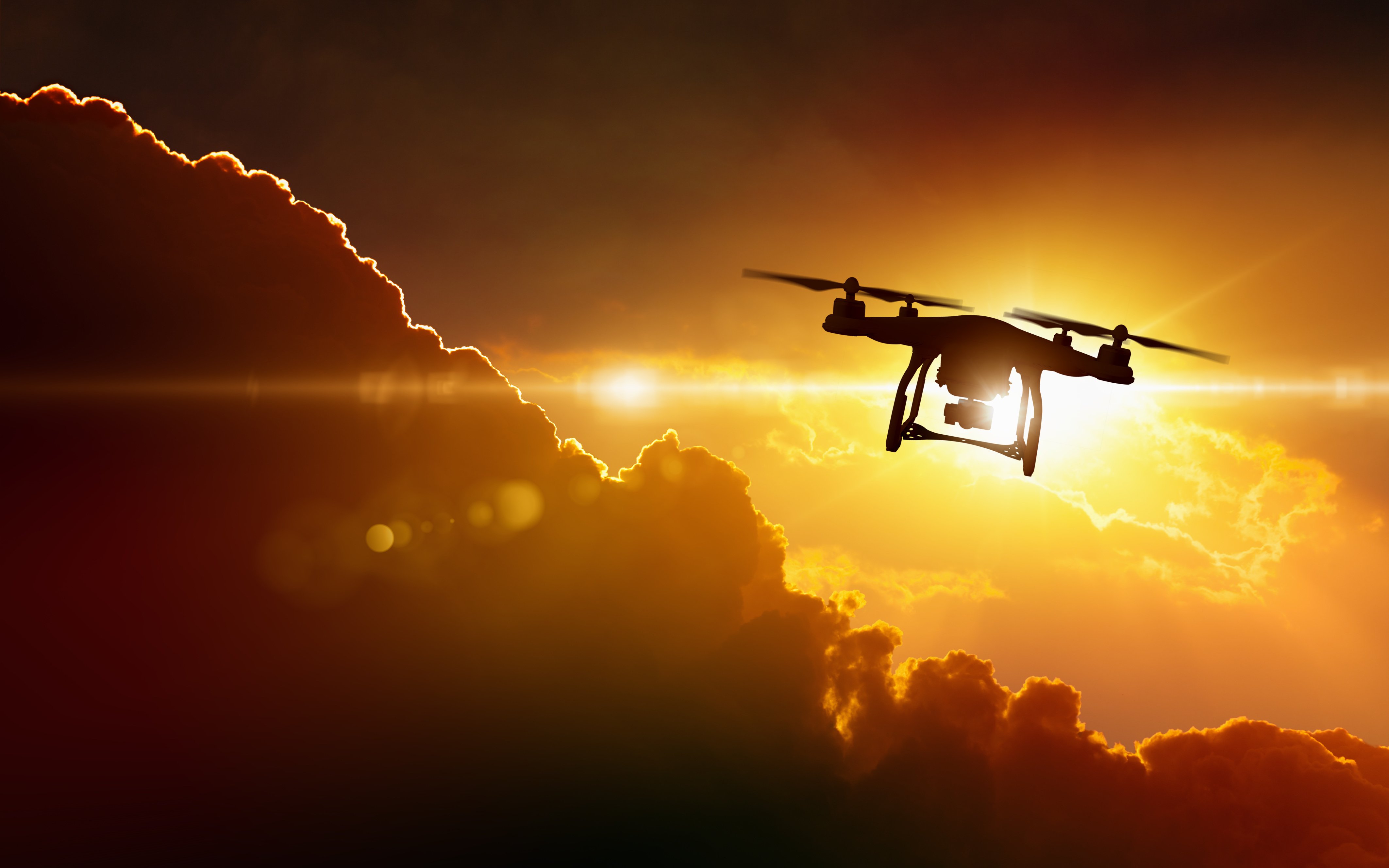The battery inside your drone is probably one of the most important parts of your aircraft. It is easy to forget that the battery stores all the energy that your aircraft will need to stay in the air. This can be as long as up to 30 minutes in some cases.
Needless to say that this is quite a lot of stored energy and we need to remember that any type of stored energy can be dangerous. Whether that be a tightly coiled spring, petrol or a battery.
Lithium Polymer (LiPo) Batteries
Every modern drone uses a Lithium Polymer Battery (LiPo). This type of battery has a very high power to weight ratio which means it can store a great deal of energy for its size & weight. This is also known as its power density and is normally measured in Watt Hours. The larger the Watt hour number, the larger the energy storage capacity of the battery.
There are two different types of lithium polymer or ‘Li-Po’ batteries that are used in drones today
Standard LiPo Battery
Smart LiPo Battery
Both of these batteries provide power however, a smart LiPo battery has built in safety features and is more commonly used. In this article, we will concentrate on smart LiPo batteries.
Things to remember
There are a few things to remember when taking care of your drone batteries. Any type of lithium battery does not like to be fully charged or fully empty for long periods of time. Bare this in mind when you are not flying your drone.
Storing your batteries
If you will not be flying for more than 2 days or so, it is best practice to try and store your batteries between 40-60% charge. This limits battery degradation which in turn increases your battery’s life span.
So if you have your batteries fully charged and are not planning to fly for a while, try and discharge your packs down to between 40-60% (2 leds on the battery meter) by hovering in the garden. Then when you need to fly, charge your batteries the night before or morning before your flight. Also, once you have finished your last flight and your battery is empty, make sure you try and top it back up to 40-60% if you are not planning to fly for the next few days.
Battery Temperature
Another thing to remember is battery temperature. Storing or charging your batteries at high temperatures will also affect over all capacity. Try and store your batteries at room temperature or lower and try and avoid charging when they are warm. You will often notice that after you land, your battery will be quite warm. Ideally, leave your battery to cool before you try and recharge it.
Lastly, lithium batteries do not like being discharged when they are cold. You will notice a huge reduction in flight time if your battery is below 10 degrees or so when you take off. If your battery is cold or you are flying in cold conditions, make sure you do one of the following:
- Use a battery warmer
- Use a hand warmer placed inside a LiPo bag along with the battery
- keep your battery in an inside pocket while setting up
Once the aircraft is in the air, heat is generated in the battery as it is being used. However, this is not as effective if the battery is too cold to start with.
In Summary
To make sure your LiPo batteries last for as long as possible, try and keep them between 40-60% when not in use. Also remember that when you are flying in cold conditions, always make sure you LiPo's are warm before you attempt to take off.


